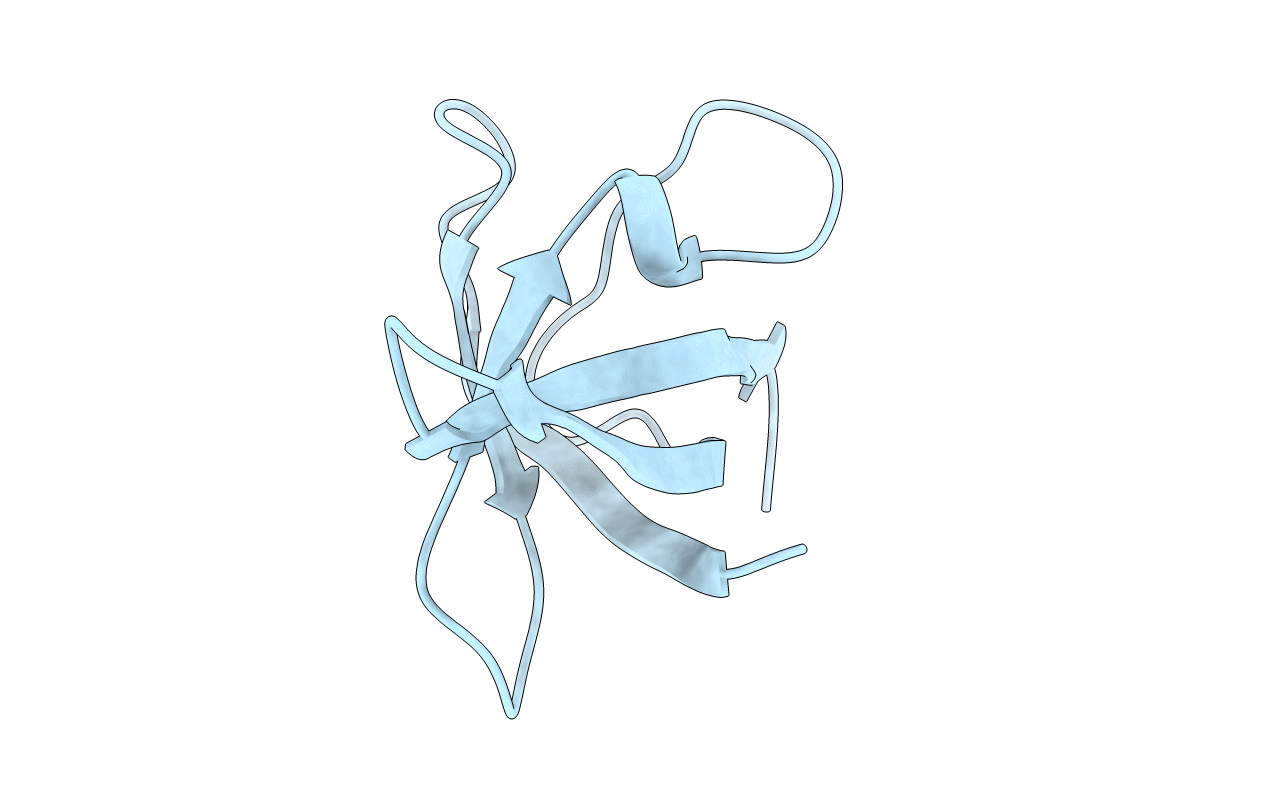
Deposition Date
2006-08-25
Release Date
2007-05-22
Last Version Date
2023-08-30
Entry Detail
PDB ID:
2I5L
Keywords:
Title:
Crystal structure of Bacillus subtilis Cold Shock Protein variant Bs-CspB M1R/E3K/K65I
Biological Source:
Source Organism:
Bacillus subtilis (Taxon ID: 1423)
Host Organism:
Method Details:
Experimental Method:
Resolution:
2.55 Å
R-Value Free:
0.24
R-Value Work:
0.22
Space Group:
P 43 21 2


